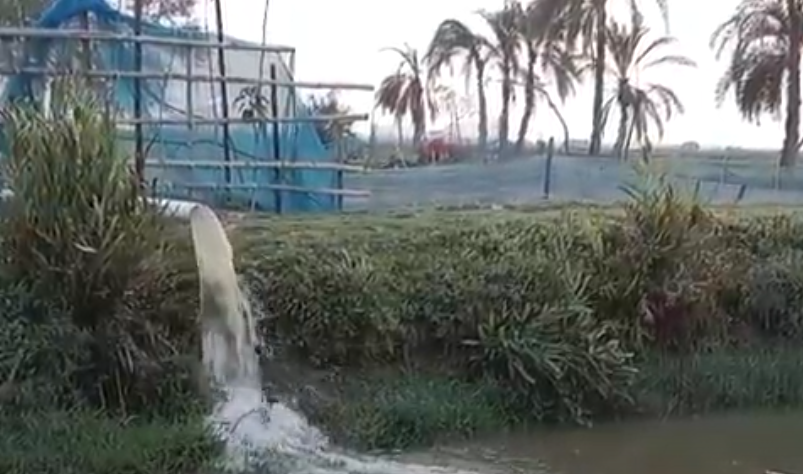I am Activista member in Bagerhat, challenges societal agricultural narratives and starts practicing climate-resilient paddy production using organic fertilizer and saline-resilient seeds. My efforts gained momentum and inspired other farmers to cultivate rice using sustainable methods, and many young climate activists joined the movement. The success of this movement could lead to more farmers adopting climate-friendly methods for paddy cultivation.
Arnab Mistry’s Movement

Arnab Mistry
Paddy production is not a popular farming practice at Bagerhat compared with other districts of Bangladesh. Entering saline water for shrimp cultivation and infertile land are the main obstacles to paddy production. Chemical fertilizer has been a challenging problem for future food security as well.
I, Arnab Mistry, Activista Member of Bagerhat, received training from Badhon and AAB about Climate Adaptation and Mitigation, then started practice on climate resilient paddy production in my locality. I challenged the societal agricultural narratives of not growing rice because of saline intrusion. As a youth leader, it will be beneficial if the farmers start to cultivate climate-resilient paddy (Boro Rice) besides shrimp. Moreover, I extended the organic fertilizer vermicompost & dung fertilizer usage and decreased chemical fertilizer in the cropping field.
8-10 farmers from my area are becoming interested in paddy cultivation with the salinity-resilient paddy seed and the usage of organic fertilizer. My denial of chemical fertilizer and cultivating rice has become a trend among other farmers. Many young climate activists are joining the movement of chemical fertilizer denial and against the entrance of saline water by the shrimp farmers before paddy harvesting. Already many paddy farmers showed their solidarity with this movement. Only paddy has been produced. And it is Not produced annually but some rich families have placed pre-order for my rice.
The primary investment was 10000 BDT/- with all costs covered. After carefully observing the current growth of the paddy, I will have at least 20000 BDT/- as profit. So, my efforts are measurably feasible. Required clarification and calculations!
1000-1200 Kg rice will be produced. After retaining 40-50% production for self-usage, the 400 Kg rice will be available for selling.
Expected Profit= 500 kg rice * BDT 40 Tk = 20000/- BD
The growing awareness of climate change and the need for sustainable agriculture practices. With the right support and infrastructure, this movement could have a significant impact on food security, economic development, and environmental sustainability in Bangladesh and beyond. This section should be specific and measurable.
If my movement becomes successful, then in the next year many paddy farmers will plant more saline-resilient paddy seeds with a climate-friendly fertilization system.

